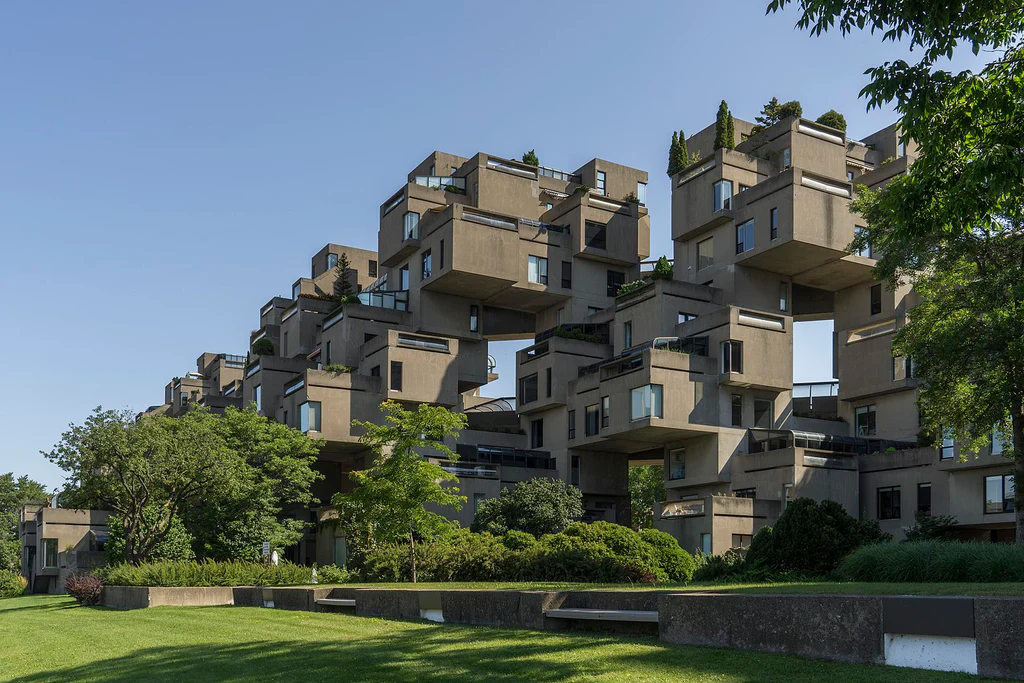In the dynamic world of architecture, a fascinating trend is emerging that challenges traditional norms and sets the stage for a new era of design – Eco-Brutalism. This avant-garde approach seamlessly blends sustainability with raw, unapologetic aesthetics, creating a unique visual language that captivates and challenges our perception of buildings.
Defining Eco-Brutalism:
Eco-Brutalism, at its core, is a movement that marries two seemingly disparate concepts: environmental consciousness and brutalist architecture. Brutalism, characterized by its use of raw concrete and imposing structures, is redefined in the context of Eco-Brutalism to include eco-friendly materials, energy-efficient technologies, and a commitment to sustainable practices.
Key Features:
- Material Innovation: Eco-Brutalism introduces a fresh take on materials, favoring those with low environmental impact. Recycled concrete, reclaimed wood, and locally sourced materials become the building blocks of this new architectural paradigm. The juxtaposition of these eco-friendly materials against the robust backdrop of traditional brutalist structures creates a visually striking and harmonious result.
- Green Technology Integration: Beyond material choices, Eco-Brutalism embraces cutting-edge green technologies. Solar panels, rainwater harvesting systems, and energy-efficient HVAC systems seamlessly integrate into the design, transforming these buildings into self-sufficient, environmentally conscious entities. This not only reduces the ecological footprint but also sets a precedent for sustainable living.
- Adaptive Reuse and Preservation: One of the hallmarks of Eco-Brutalism is its commitment to adaptive reuse and preservation. Instead of tearing down existing structures, architects in this movement repurpose them, breathing new life into old buildings. This not only honors the architectural heritage but also minimizes waste and promotes a more sustainable approach to urban development.
- Biophilic Design Elements: Nature takes center stage in Eco-Brutalism, with an emphasis on biophilic design. Incorporating elements like green roofs, vertical gardens, and ample natural light, these structures blur the line between the built environment and the natural world. The result is an immersive and visually stunning experience that fosters a deep connection between occupants and their surroundings.
Challenges and Criticisms:
While Eco-Brutalism is a pioneering movement, it is not without its challenges and criticisms. Some argue that the fusion of raw aesthetics and sustainability can be jarring, leading to a disconnect between form and function. Additionally, the cost of implementing advanced green technologies and using eco-friendly materials can be a barrier for widespread adoption.
Conclusion:
Eco-Brutalism represents a paradigm shift in the world of architecture, challenging preconceived notions and pushing boundaries. By marrying the strength and boldness of brutalist design with a commitment to sustainability, architects are not only creating visually stunning structures but also paving the way for a more environmentally conscious future. As we stand on the cusp of a new era in design, Eco-Brutalism beckons us to reconsider our relationship with the built environment and embrace a harmonious coexistence between nature and architecture.


